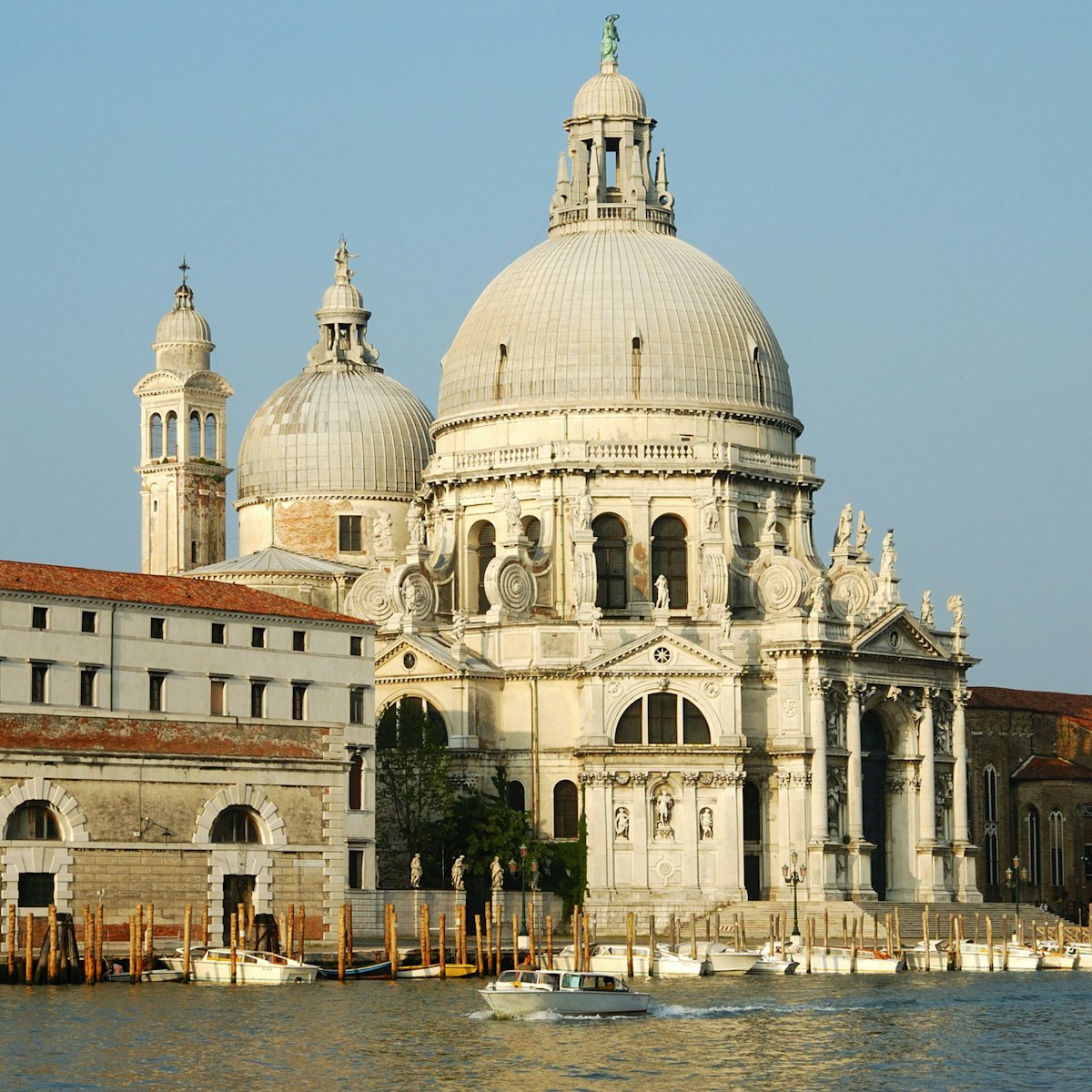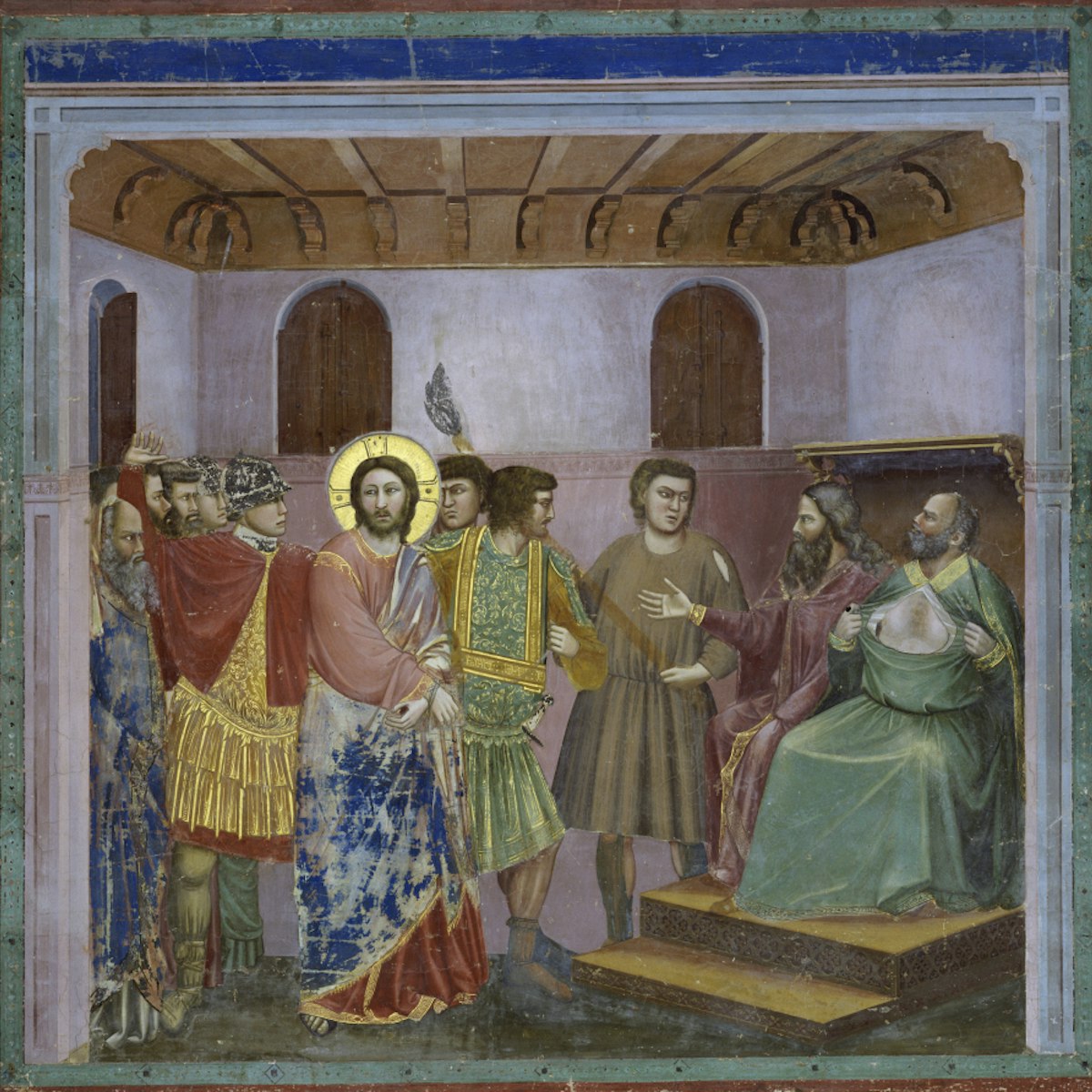Everyone wanted the commission to paint this building dedicated to St Roch, patron saint of the plague-stricken, so Tintoretto cheated: instead of producing sketches like rival Veronese, he gifted a splendid ceiling panel of the saint, knowing it couldn't be refused, or matched by other artists. This painting still crowns the Sala dell'Albergo, upstairs, and Tintoretto's work completely covers the walls and ceilings of all the main halls.
When Tintoretto painted these darkly dramatic works, between 1575 and 1587, Venice's outlook was grim indeed: the plague had just claimed the lives of 50,000 Venetians.
In the Ground Floor Hall, St Mary's story starts on the left wall with the Annunciation and ends on the opposite wall with an unusually dark and cataclysmic Assumption. From spring to late autumn, the artworks provide a bewitching backdrop to top-notch classical-music concerts; ask at the counter or check the website for details.
Upstairs in the Chapter Room, Tintoretto's biblical scenes read like a modern graphic novel: you can almost hear the swoop overhead as an angel dives to feed the ailing prophet in Elijah Fed by an Angel. Mercy from above is a recurring theme, with Daniel’s salvation by angels, the miraculous fall of manna in the desert, and Elisha distributing bread to the hungry. The scenes from Christ’s life that fill the walls aren’t in chronological order: birth and baptism are followed by resurrection. The drama builds as background characters disappear into increasingly dark canvases, until an X-shaped black void looms at the centre of Agony in the Garden.








